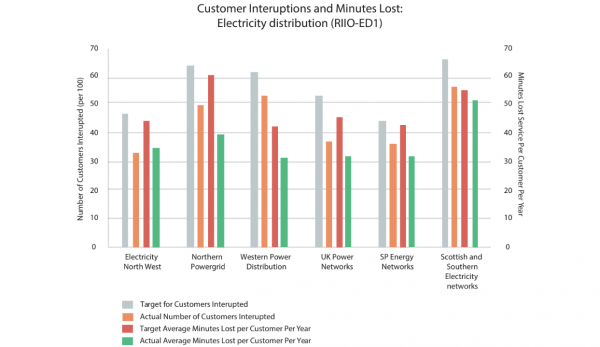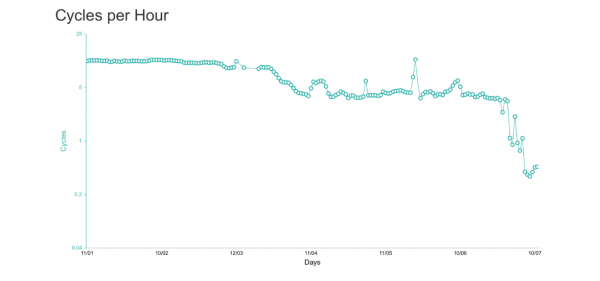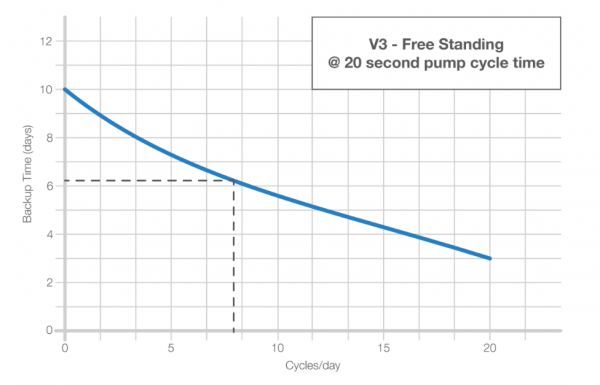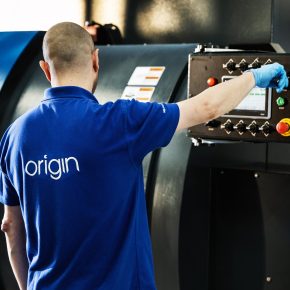
Delta discusses the importance of a battery backup in a Type C Waterproofing System
Delta Membrane Systems Limited discusses why battery backup systems for basement pumps are a critical inclusion in all good Type C drained protection system design.
When addressing the risks involved in a pumped Type C Waterproofing System, ‘mains failure’ falls within the top 5 categorised risks. Submersible pumps installed as part of a Type C system require mains power to operate, typically single-phase (240V).
Therefore, battery backup systems are key for basement pumps in all good Type C drained protection system design along with appropriate pumps and high-level alarms. If the Type C drained protection system is designed correctly and the structure is ‘locked down’ in accordance with section 10.1 BS8102(2009), the pumps should only deal with ‘seepage’ and in turn, run minimally. It is this guidance from BS8102 that makes it crucial a battery backup consumes very little power when in ‘standby’ mode.
A mains failure can occur for various reasons, including loss of local power within the property, loss of power to a broader geographic area, or pumps being switched off by mistake.
As a result, as part of the PCA’s ‘Best Practice Guidance for Type C Waterproofing Systems’, they recommend the inclusion of a battery backup into the design and the NHBC (National House-Building Council) state a secondary pump with a battery backup should be included in all pump systems.
This white paper will address the risks involved in not having a battery backup installed and the reason why we are taking the bold move to get uninterrupted power supplies seen as an industry standard for all Type C waterproofing projects.
The graph below is an indicator of the reliability and availability of the electricity distribution network. It shows the number of interruptions experienced by customers and the average length of interruptions – correct as of March 2019. In London, East Anglia & South East England the total amount of downtime per customer in a 12-month period was 32 minutes. This graph also indicates that 36% of people in those areas were affected by a power failure at some point in 12-months.

What is the risk?
The risk of not having a battery backup installed as part of the waterproofing system is the risk of a potential flood. If a basement construction is poor or the fabrication of the basement fails over time, the level of ‘seepage’ can become much higher. With higher levels of seepage, comes more elevated levels of risk in general, but even more so during a mains failure. This is due to the pumps working more frequently to cope with the raised levels of water ingress. Other basements being constructed in an area where there are pre-existing basements can also influence groundwater ingress through the structure (sometimes more and sometimes less).
The graph below shows the steady downward trend in cycles per hour over a 6-month period. During this period, the property next door to the ‘monitored’ property with a pump station was excavating a basement. The data show the construction has influenced the groundwater course and drastically reduced the cycles per hour from 11 to 0.3.

Minimising and mitigating risk
Therefore, the way to minimise and mitigate the risk of flooding during a mains failure is to install a battery backup to power the pumps. There are lots of uninterrupted power supplies on the market, but most were not originally designed to work with pumps – they have been repurposed from other industries (IT, Marine, etc.).
The main issue with repurposed battery backups is that they are designed to provide power instantaneously upon sensing a mains failure. In most cases, pumps do not require power instantly or continuously. They only require power when the float arm that controls the pump and turns it on and off is in the UP position.
From a sample of 173 remotely monitored groundwater pump stations, the mean average cycles per day = 7.92. This equates to 0.33 cycles per hour. Based on these statistics, the PowerMaxx will run a V3 pump for just over 6 days (as seen in the graph below).
The Delta Membranes PowerMaxx family is purpose-designed and manufactured for submersible pumps. The PowerMaxx has a facility called ‘Dynamic Polling’, this enables the battery backup to achieve standby times that greatly exceed any of its nearest rivals.
Dynamic Polling effectively allows the PowerMaxx to enter a ‘sleep’ mode every 2 minutes, it then checks to see if the pump requires power, if it does, the battery backup will provide power until the float is down, if it doesn’t, it will then continue ‘polling’ until the pump does require power.
The PowerMaxx also features automated recharging, which means after every power failure, the battery will recharge when the mains power is present again. This means the battery backup is always ready to provide power.

So overall, the installation of a PowerMaxx (or another battery backup from our range) will reduce the risk of flooding considerably by allowing weeks of standby and days of run times. This solution ultimately provides the homeowner with total peace of mind that they can be away from their property without having to worry about power failures.
As mentioned in the introduction, when factoring a battery backup into a waterproofing project, don’t forget that it’s not just grid outages that cause power cuts. Storms, local electrical faults (within the property) and human error all must be factored in. While all these events may only happen once in a blue moon, they do happen and it’s essential to have a failsafe in place to protect the basement and other assets.
Delta Membrane Systems,
Delta House,
Merlin Way,
North Weald,
Epping,
Essex,
CM16 6HR
United Kingdom
Visit Delta Membrane Systems' website
Visit Supplier's page
Latest news

21st November 2024
Altro distils style and performance at English Spirit
English Spirit Distillery has used an extensive package of Altro products front and back of house, in their new visitor centre café, shop and viewing area for the working distillery.
Posted in Articles, Bathrooms, Bedrooms & Washrooms, Building Industry News, Building Products & Structures, Building Systems, Case Studies, Floors, Interior Design & Construction, Interiors, Kitchens, Restoration & Refurbishment, Retrofit & Renovation, Timber Buildings and Timber Products, Walls
21st November 2024
Abloy UK creates bespoke locking solution for Secure Information Boxes
Abloy UK has supplied The Safety Letterbox Company Ltd with a bespoke Sentry CL811 Camlock for use in its Secure Information Boxes, assisting life safety and complying with new regulations and legislation for high rise buildings.
Posted in Access Control & Door Entry Systems, Architectural Ironmongery, Articles, Building Industry News, Building Products & Structures, Building Regulations & Accreditations, Building Services, Case Studies, Facility Management & Building Services, Health & Safety, Posts, Restoration & Refurbishment, Retrofit & Renovation, Security and Fire Protection
20th November 2024
CUPA: CUPACLAD enhances hotel aesthetics with a creative natural slate façade
Situated at the northern edge of a newly developed retail park near Bristol, the Abbey Wood Travelodge was conceived as part of the company’s new Budget-Luxe line of hotels – it features CUPACLAD, from CUPA PIZARRAS.
Posted in Articles, Building Industry News, Building Products & Structures, Building Systems, Case Studies, Cladding, Concrete, Cement, Admixtures, Facades, Posts, Restoration & Refurbishment, Retrofit & Renovation, Walls
20th November 2024
Origin launches in-house powder coating facility
Origin’s latest investment is set to redefine industry standards as it launches its own in-house powder coating facility.
Posted in Aluminium Products, Articles, Building Industry News, Building Products & Structures, Building Systems, Doors, Glass, Glazing, Innovations & New Products, Paints, Coatings & Finishes, Restoration & Refurbishment, Retrofit & Renovation, Site Preparation, Windows
 Sign up:
Sign up: